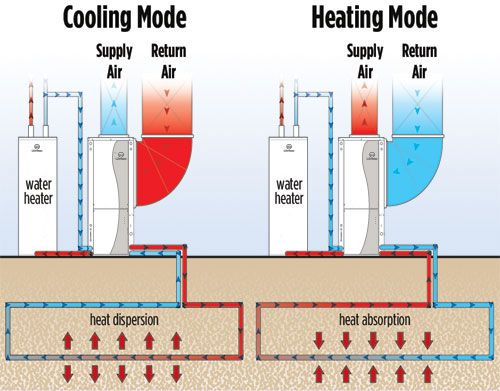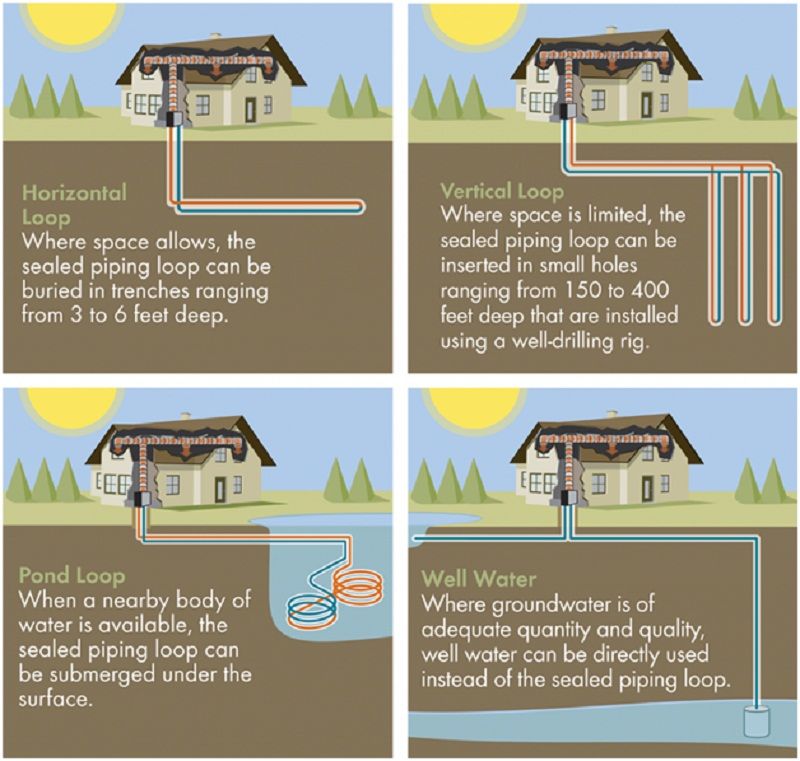Solar PV systems offer lots of benefits to residential and commercial property owners, most remarkably ensures them a renewable and low-cost energy source for usage. However, a few extra benefits will be available based on the type of solar power system you select, and it is necessary to consider the positive and negative aspects of solar on Grid systems and off-grid systems, in order to choose the best option that is perfect for you.

Solar Grid Tie systems are the most familiar and standard type of solar PV system in use throughout the world. This type of power system keeps connected, or “tied” to the local electrical grid and sends excess power back to it for earning revenue from SRECs (Solar Renewable Energy Credits). The solar on Grid systems are capable to maintain power supply even when the solar PV panels don’t get enough sun exposure and can’t produce the adequate amount of energy to meet the needs. The residential or commercial property that is installed with a solar Grid Tie system is often rewarded by the local utility company for the extra power generation. As long as the solar PV panels produce electricity for the user consumption without any grid supply, the power will be free of cost. Even if the house or business consumes more power than the generated amount, it will be billed at a discount on the local electricity rates for extra consumption through the grid.

Once you are done with this, you may like to know how small or large a solar on-grid system will be or to make sure that you have enough space on the ground or roof to accommodate a system like this. Your electrician may recommend you a few things to bring down your power usage or replace the existing appliances in your home to make it more energy efficient.

If your local power supply company follows a tiered billing structure which means you are charged a specific rate for baseline usage and then bigger rates for exceeding that baseline or using a certain percentage of power over the baseline, you should select a solar grid-tie system that reduces the over usage and higher electricity rates which results in a greater savings on your investment. The below-given steps will help you easily determine the right size of solar grid-tie system you need for your building.

- Know your average electricity usage per month by going through your electricity bill for several months. It will be mentioned in kWh.
- Calculate your average electricity usage per day (divide your monthly average kWh by 30).
- For your location, find the average peak sun hours per day (kWh/sq.m/Day).
- Determine the solar grid-tie system size (AC kW) to meet 100% of your electricity usage (divide your daily average electric usage by the daily average peak sun hours for your location).
- Divide the result in AC by .77 to get a reduced power rating factor for the system components. It may happen due to temperature, wire defect, component ineffectiveness, etc.
- Multiply the above result by 1000 to get watts (AC output) of the system.
- Divide the alternating current output of a solar on a grid system by the watt of the module that you desire to use in order to know the exact number of modules you need to cover 100% of your electricity needs.
If you are looking to improve the energy efficiency of your off the grid home or business, 123 Zero Energy stocks a wide variety of solar grid-tie kits coming with Enphase micro inverters, string inverters, solar panel optimizers that are even ready to install. Each of them comes in a complete package along with the components that you need to start with renewable energy production. Check out the list of solar on grid systems available on 123 Zero Energy along with their pricing, features etc. Call its expert energy consultants at +1(800) 317-9054 to get a recommendation on the right size solar grid-tie system for your home or office immediately!



